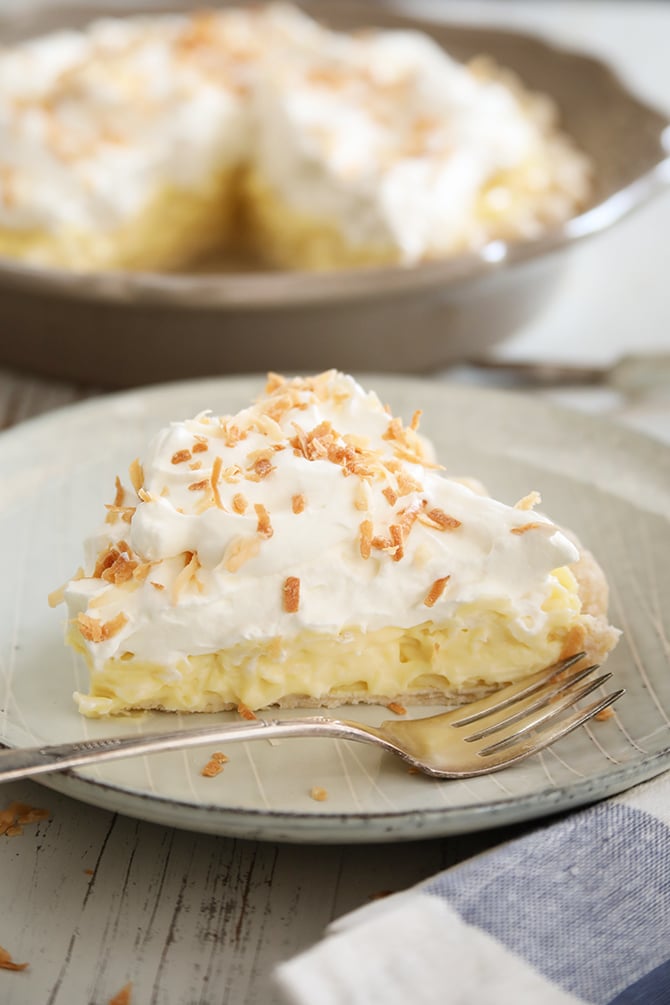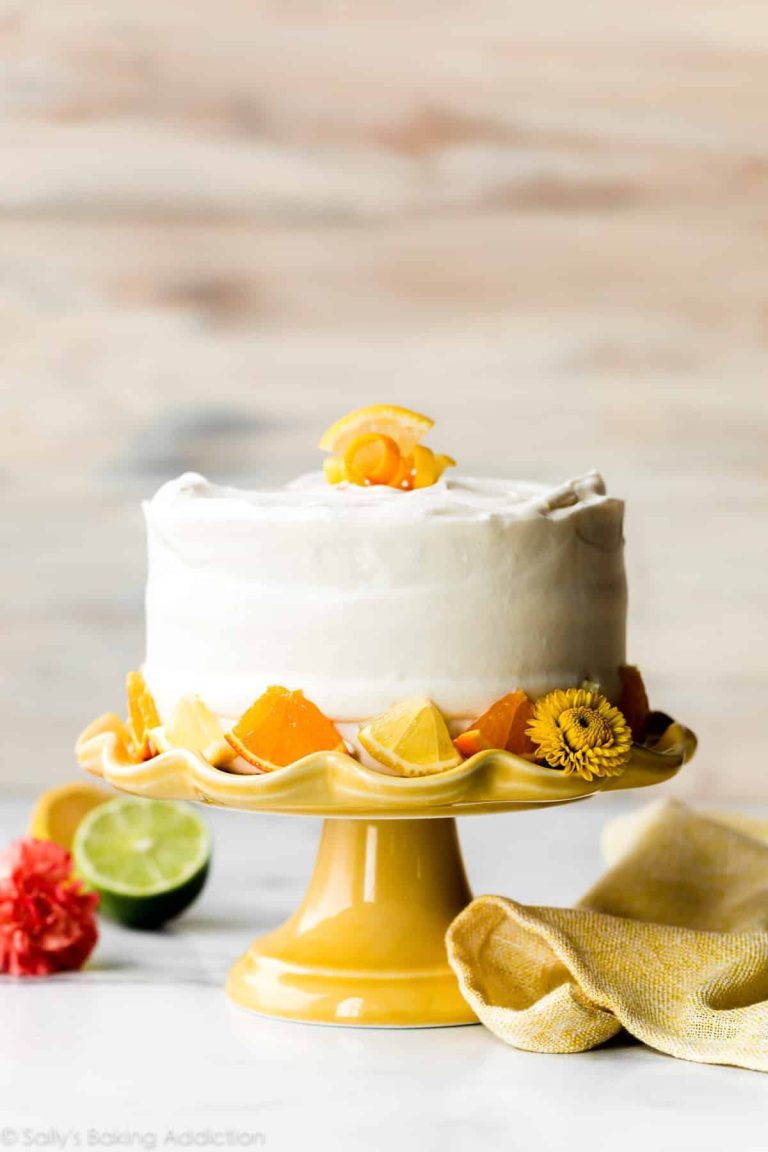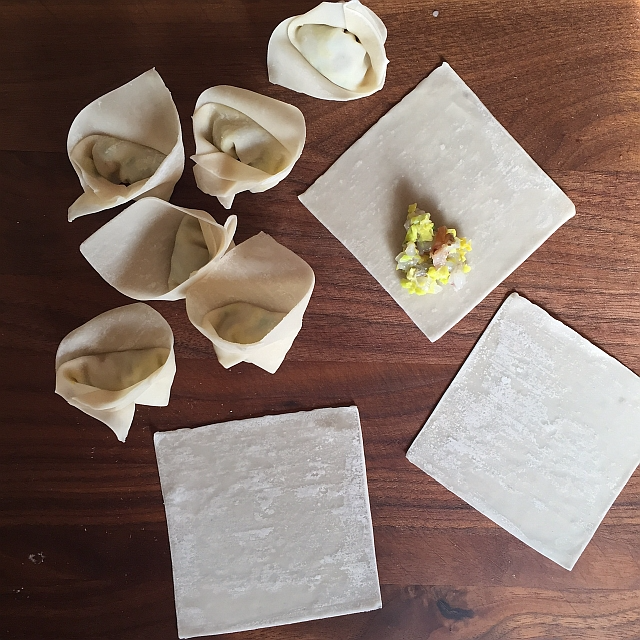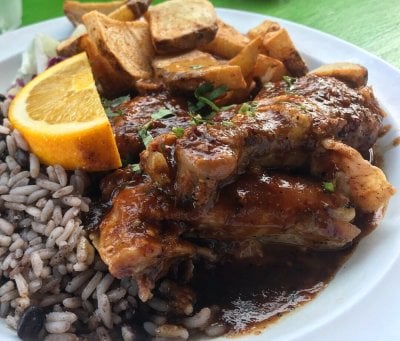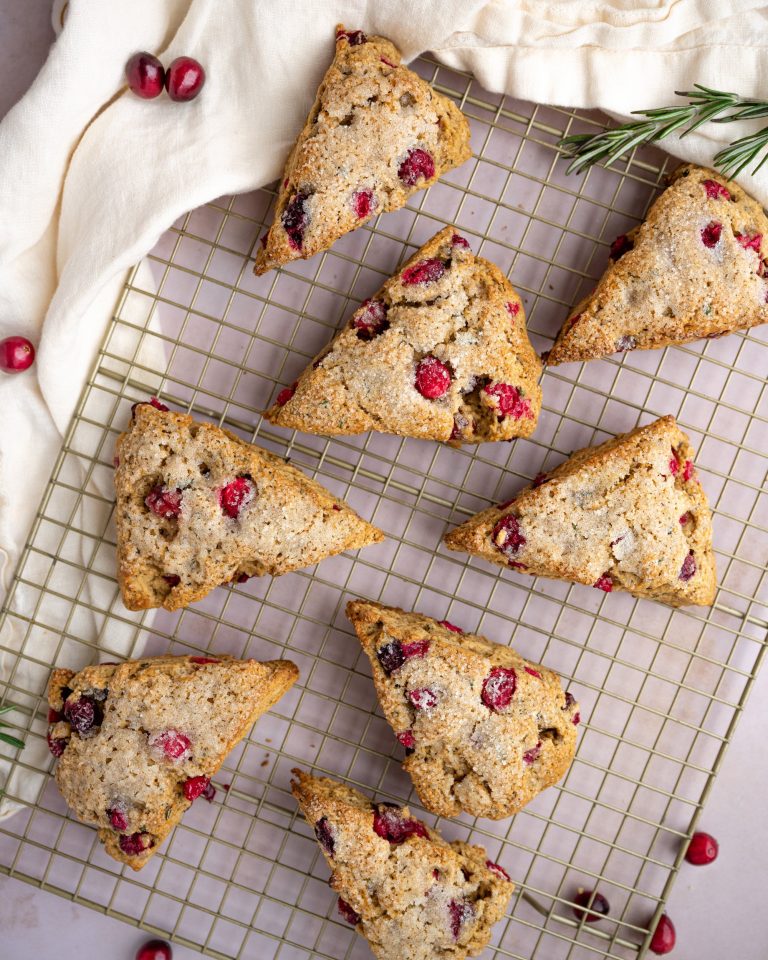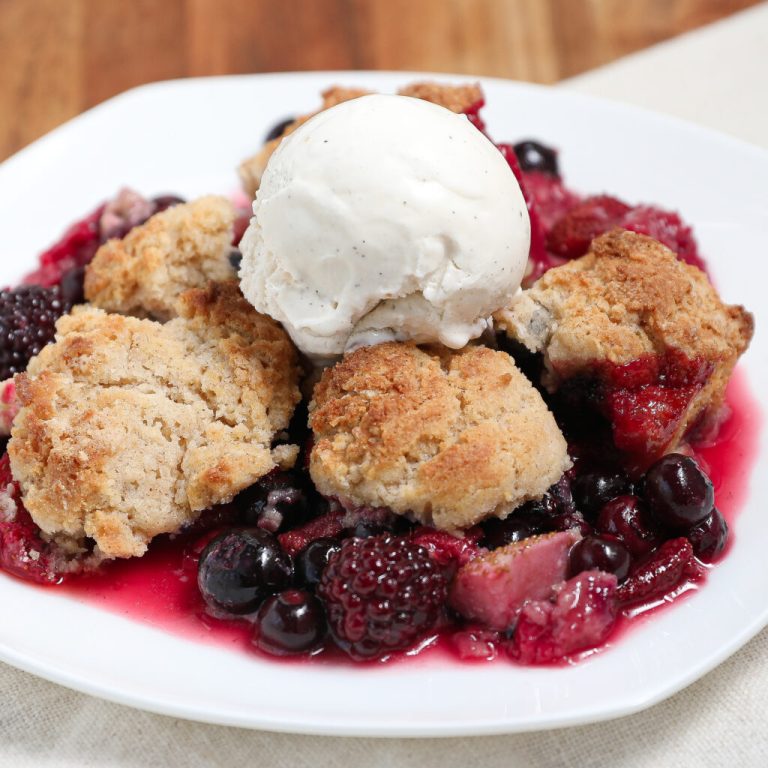Old Fashioned Coconut Cream Pie: History, Recipe, Regional Variations & Modern Twists
Old-fashioned coconut cream pie dates back to the 19th century. Early recipes featured a simple custard base enriched with coconut flakes. As trade routes expanded, coconut, once considered exotic, became more accessible, leading to its inclusion in various desserts. By the early 20th century, the pie evolved with the addition of a meringue or whipped cream topping.
Popularization in American Culture
Coconut cream pie gained widespread popularity in the 1920s in American diners and home kitchens. During the Great Depression, its affordability and availability made it a staple dessert. By the mid-20th century, it had solidified its status as a quintessential American treat, often featured in cookbooks and television cooking shows. Today, it remains a beloved dessert across the United States.
Key Ingredients and Substitutions
Essential Ingredients for Authentic Flavor
To make an old-fashioned coconut cream pie, you’ll need:
- Coconut Flakes: Unsweetened coconut flakes provide the true essence. Toast them for added flavor.
- Coconut Milk: Use full-fat coconut milk to achieve a creamy texture.
- Whole Milk: Whole milk combines with coconut milk to form the custard base.
- Cornstarch: Cornstarch acts as a thickening agent for the custard.
- Granulated Sugar: Regular granulated sugar sweetens the pie without altering its texture.
- Egg Yolks: Egg yolks enrich the custard, giving it a smooth consistency.
- Vanilla Extract: Pure vanilla extract enhances the overall flavor profile.
- Butter: Butter adds richness and a subtle, creamy taste.
Common Substitutions for Dietary Restrictions
In case of dietary restrictions, consider the following substitutions:
- Coconut Cream: Use coconut cream instead of whole milk to make the recipe dairy-free.
- Almond or Soy Milk: Substitute whole milk with almond or soy milk for a lactose-free option.
- Agar-Agar: Replace cornstarch with agar-agar to create a vegan thickening agent.
- Maple Syrup or Honey: Opt for maple syrup or honey as natural sweeteners instead of granulated sugar.
- Egg Replacers: Use commercial egg replacers or a flaxseed meal mixture to replace egg yolks in vegan recipes.
- Gluten-Free Flour: If gluten is an issue, use gluten-free flour instead of all-purpose flour.
These adjustments ensure everyone can enjoy an old-fashioned coconut cream pie while adhering to dietary needs.
Step-by-Step Recipe Guide
Preparing the Crust
Start preparing the crust by combining 1 1/2 cups of graham cracker crumbs, 1/4 cup granulated sugar, and 6 tablespoons melted butter in a medium mixing bowl. Press the mixture firmly into the bottom and sides of a 9-inch pie pan. Preheat the oven to 350°F (175°C), then bake the crust for 7-9 minutes. Let the crust cool completely before adding the filling.
Making the Coconut Custard
Begin making the coconut custard by whisking together 1 cup granulated sugar, 1/3 cup all-purpose flour, and a pinch of salt in a heavy saucepan. Gradually add 2 cups whole milk and 1 cup coconut milk, stirring constantly to prevent lumps. Cook over medium heat until the mixture thickens and starts to boil. Remove from heat and slowly pour 1/2 cup of the hot mixture into 4 beaten egg yolks, whisking rapidly to prevent curdling. Return the egg mixture to the saucepan and cook for another 2 minutes, stirring continuously. Remove from heat again, then stir in 1 teaspoon vanilla extract and 1 cup sweetened shredded coconut. Let the custard cool for 10-15 minutes, stirring occasionally to prevent a skin from forming.
Final Touches and Garnishing
Pour the coconut custard into the prepared crust, spreading evenly. Refrigerate the pie for at least 4 hours or until fully set. Before serving, top the pie with freshly whipped cream, spreading it evenly over the custard. Sprinkle toasted coconut flakes on top for added flavor and texture. Slice and serve chilled for the best taste experience.
Tips for the Perfect Coconut Cream Pie
Achieving the Perfect Consistency
Use fresh ingredients to ensure the right texture for your coconut cream pie. Measure granulated sugar, flour, and shredded coconut accurately. Stir the coconut custard mixture constantly while heating, ensuring no lumps form. A medium heat setting helps avoid scorching. Once it thickens, simmer for a few minutes, then cool completely before pouring into the crust.
Decoration and Serving Suggestions
Top your pie with freshly whipped cream for a classic touch. Add toasted coconut flakes for texture and flavor. Chill the pie for at least 4 hours before serving to set. Use a sharp knife dipped in hot water for clean slices. Pair it with tropical fruits like mango or pineapple for a refreshing presentation.
Comparing Variations of Coconut Cream Pies
Regional Twists on the Classic Recipe
Regional variations of coconut cream pies offer distinct flavors. In the southern United States, many recipes include a touch of bourbon or rum in the custard for added depth. New England variants often use a gingersnap crust instead of a traditional pie crust, providing a spicier foundation. On the West Coast, you’ll find versions that incorporate tropical fruits like pineapple or mango, creating a more exotic flair. Each region brings unique ingredients and techniques that give the classic pie a local touch.
Contemporary Takes on the Old Fashioned Style
Contemporary versions of old-fashioned coconut cream pie blend tradition with modern twists. Many recipes now use coconut milk or cream, offering a richer texture and more intense coconut flavor. Vegan adaptations replace dairy with plant-based alternatives like almond milk and cashew cream without sacrificing taste. Some gourmet chefs enhance the dessert with white chocolate shavings or a dulce de leche drizzle. These modern interpretations maintain the nostalgic appeal while catering to diverse dietary preferences and culinary trends.
Conclusion
Old-fashioned coconut cream pie remains a timeless dessert that captures the essence of comfort and nostalgia. Whether you stick to the classic recipe or experiment with regional variations and contemporary twists, this pie offers a delightful experience for every palate. Embrace the rich history and adaptability of this beloved dessert by trying out different ingredients and techniques in your own kitchen. Your family and friends will surely appreciate the delicious results.
